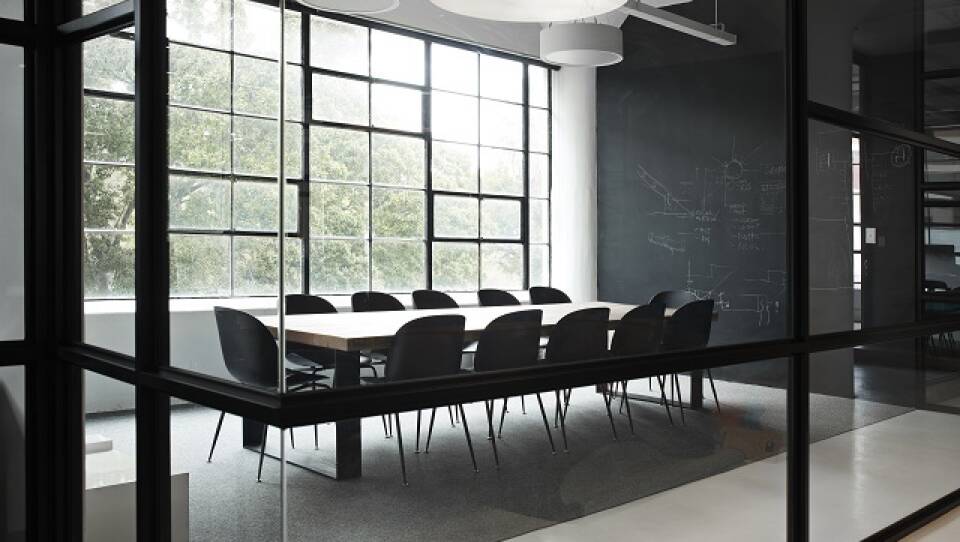In office spaces around the country, mail has piled up. Plants have died. Coffee cups sit unwashed, with a ring of old espresso cemented to the bottom. In some buildings, the lights have been left on since March — and who knows when someone will be back to turn them off.
According to Stanford economist Nicholas Bloom , we’re in the middle of “a structural, seismic shift” in the workplace. The majority of employees booted out of the office earlier this year don’t want to come back, says Liz Fosslien , head of content at human resources company Humu . So, have we seen the end of the “out of office” email, water cooler talk and cubicle-sharing? If and when people finally return to the office, what will it look like? And where will it be?
Three Takeaways:
- Though he’s a big advocate of work-from-home, Bloom says isolating employees in home offices full-time can stifle innovation and creativity — and negatively impact mental health. Bloom and Fosslien agree that a hybrid system, with employees coming in a couple of days each week, could provide the best of both worlds. Fosslien suggests that collaborative, creative work could happen in a typical office setting while focused, “heads-down work” takes place at home.
- Humu surveys show that 70-90% of office workers don’t want to return to a physical workplace full-time, according to Fosslien. And 53% like the sound of a hybrid work week. But this poses some challenges for executives, she says. Without the ability to oversee employees and get a feel for the on-the-job psyche, managers feel like they’ve lost one of their senses.
- With easier access to upper management, employees who work in the office are more likely to get promotions , Bloom says. So with a move to hybrid workspaces, leaders need to develop work schedules that take this new reality into account. Mandating company-wide in-office days or sending management home a couple of times per week could help ensure that those more likely to work from home, such as working parents, don’t lose out on opportunities down the line.




